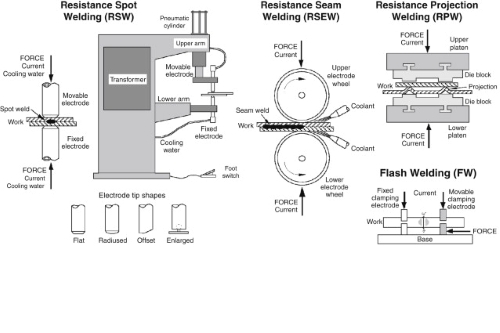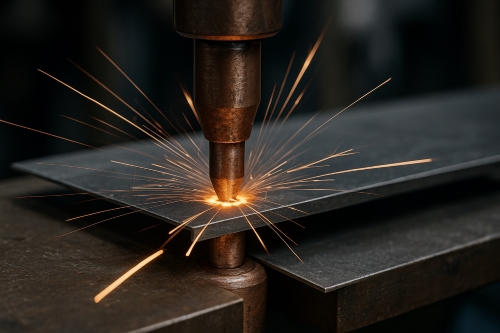Types of Tantalum Mesh and Their Applications
Introduction to Tantalum Mesh
Tantalum is a metal used in many high-performance applications. Tantalum mesh is a woven or fused mesh of tantalum wires. Tantalum mesh is highly resistant to high temperature and corrosive chemicals. Its inherent characteristics predispose its use in many industrial processes.
Types of Tantalum Mesh
Standard tantalum mesh is a woven material made from tantalum wire and is valued for strength, corrosion resistance, and stability at high temperatures. Uses include chemical reactors, rocket nozzles and heat shields in aerospace applications, and capacitors where electrical stability is crucial.
Tantalum alloy mesh, which is alloyed with tungsten or niobium, possesses improved durability and heat stability. It serves demanding military and aerospace requirements and is also found in medical implants and surgical instruments that are designed to be biocompatible.
Tantalum expanded mesh is produced through slitting and expanding tantalum sheets into a porous, rigid mesh. Its strength and permeability make it suitable for chemical filtration systems and furnace linings at high temperatures.
Sintered tantalum mesh, which is produced by bonding tantalum powder, possesses high surface area and chemical stability and is utilised as catalyst support and for fine filtration in nuclear and high-purity chemical industries.
Finally, tantalum foil mesh is a thin, pliable mesh with fine perforations, good conductivity, and biocompatibility, and finds application in stents, bone scaffolds, and precision electronics.
Advantages of Tantalum Mesh
Tantalum mesh has several advantages. The material is resistant to corrosion. This makes it compatible in chemical and biological environments. Its resistance to high temperature is another benefit. It performs well in severe conditions such as in engines or reactors. The mesh is also extremely ductile, meaning it will bend but will not break. This is a useful characteristic in applications where flexibility is required. Engineers appreciate that tantalum mesh will maintain predictable performance over extended periods of time. Its long service life reduces maintenance and replacement costs.
Tantalum components have a commendable safety record. Different industries rely on its stability for demanding applications. Generally, these advantages make tantalum mesh a strong candidate in niche applications.
Conclusion
Tantalum mesh is a reliable material with a proven track record. Its different forms meet various industrial needs. Its properties, which include excellent corrosion resistance, outstanding high-temperature characteristics, and flexibility, enable it to function under extreme conditions.
Frequently Asked Questions
F: What are the fundamental types of tantalum mesh?
Q: There exist woven, sintered, and expanded forms of tantalum mesh, each designed for specific applications.
F: Why is tantalum mesh favoured for use in industrial high-temperature environments?
Q: It resists corrosion and is stable at high temperatures where other materials may degrade.
F: Is tantalum mesh used in surgical procedures?
Q: Yes, its high biocompatibility makes it suitable for surgical implants and instruments.

 Bars
Bars
 Beads & Spheres
Beads & Spheres
 Bolts & Nuts
Bolts & Nuts
 Crucibles
Crucibles
 Discs
Discs
 Fibers & Fabrics
Fibers & Fabrics
 Films
Films
 Flake
Flake
 Foams
Foams
 Foil
Foil
 Granules
Granules
 Honeycombs
Honeycombs
 Ink
Ink
 Laminate
Laminate
 Lumps
Lumps
 Meshes
Meshes
 Metallised Film
Metallised Film
 Plate
Plate
 Powders
Powders
 Rod
Rod
 Sheets
Sheets
 Single Crystals
Single Crystals
 Sputtering Target
Sputtering Target
 Tubes
Tubes
 Washer
Washer
 Wires
Wires
 Converters & Calculators
Converters & Calculators
 Write for Us
Write for Us
 Chin Trento
Chin Trento



